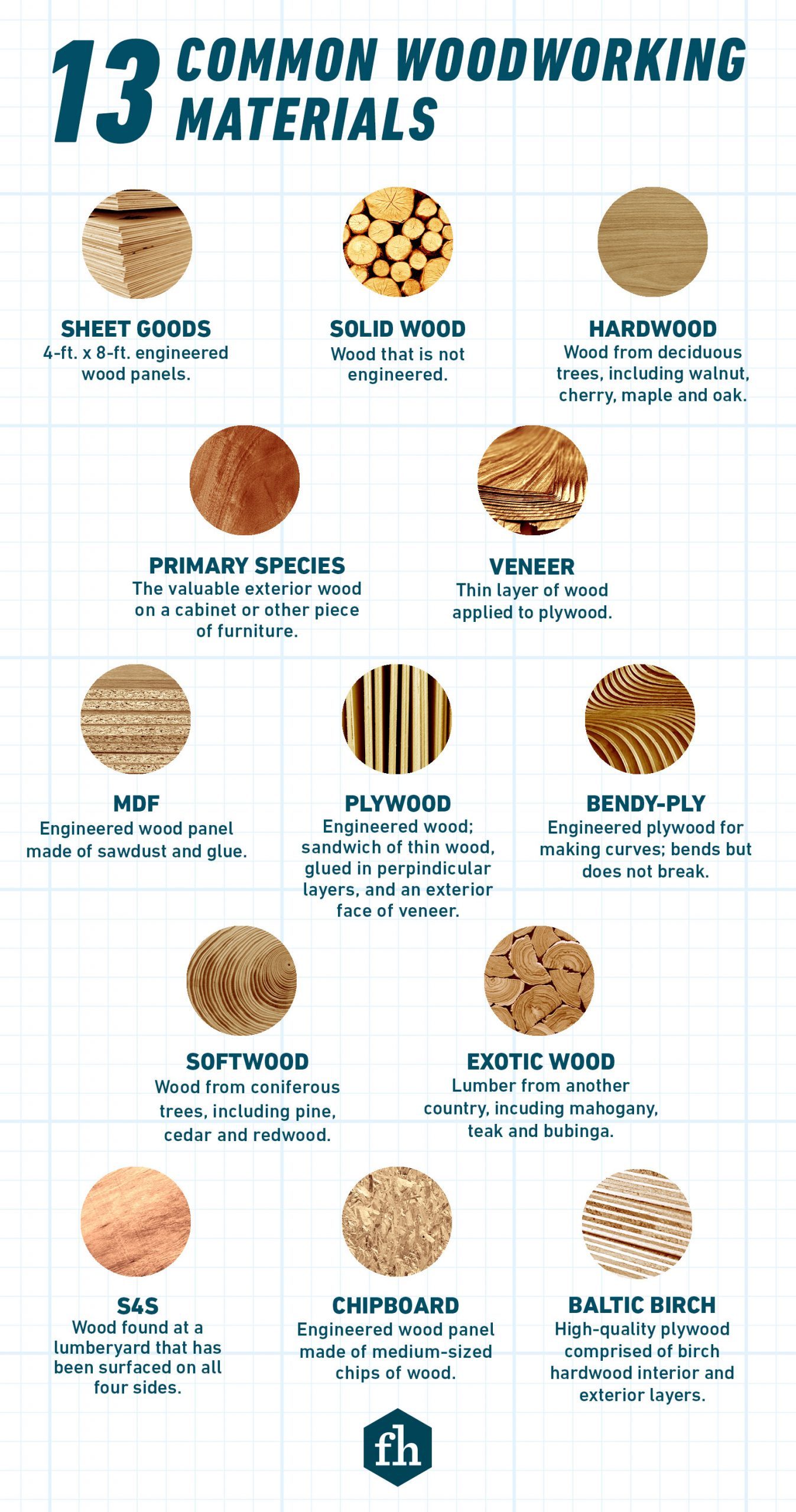
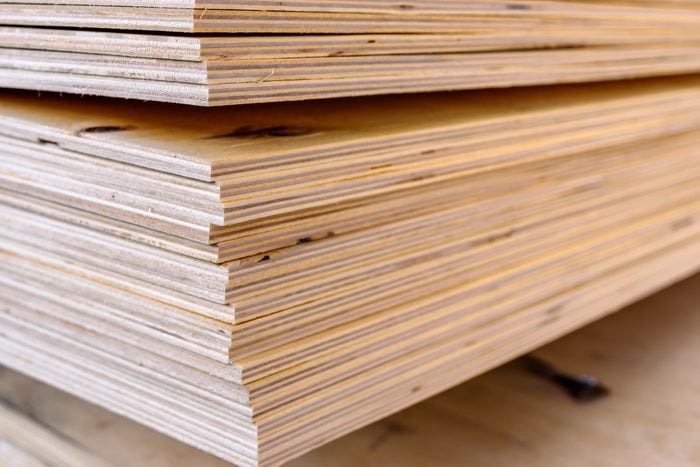
Sheet Goods
Home stores and lumberyards stock tons of 4-ft. x 4-ft. engineered wood panels. Sheet good is the general term for these panels, but the size is specific, based on American construction standards.
Consisting of plywood, drywall, fiberboard, exterior sheathing and oriented strand board among others, sheet goods can attach to typical residential and commercial framing that is 16 inches on center.
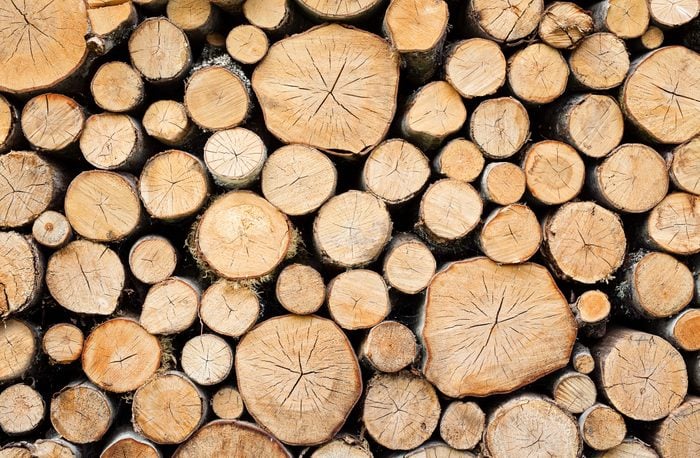
Solid Wood
Solid wood is a catchall term to indicate that something is NOT chipboard, plywood or another engineered sheet good, which would be less expensive and less durable.
Solid wood can come in the form of logs straight from the arborist or planks cut from logs. It can also refer to anything constructed out of solid wood that had been glued into a panel, like a butcher block countertop or a piece of furniture.
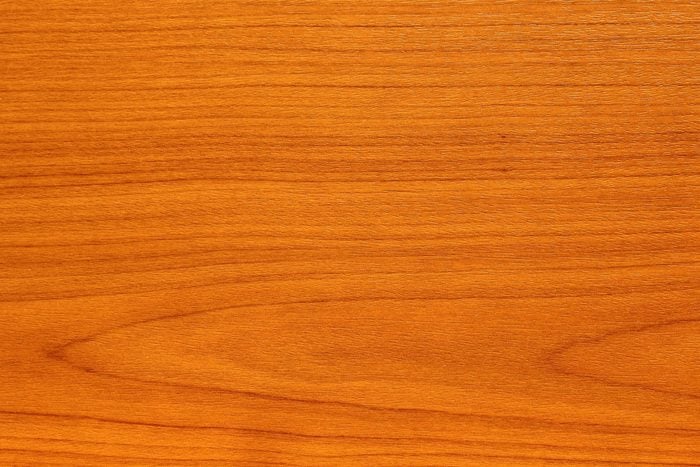
Hardwood
Wood from any deciduous tree (the kind that loses leaves in the fall) is considered hardwood lumber. Walnut, cherry, maple, oak and others are regarded as premier cabinet lumber. They’re commercially viable because a lumber yard can guarantee an inventory of these species.
But hardwood also includes cottonwood, butternut and others that are less common and relatively soft, but also come from deciduous trees. Surprisingly, some hardwoods like poplar or cottonwood are less hard than softwoods like Douglas fir.
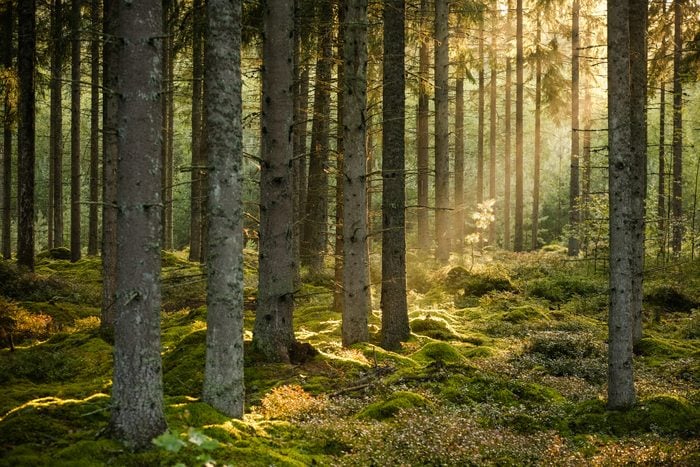
Softwood
Trees with cones, AKA conifers, produce softwood lumber. This includes common pine and cedar, which you might find at home centers as 2x4s or exterior decking. Softwoods also include highly regarded lumber like Southern yellow pine, redwood and Douglas fir.
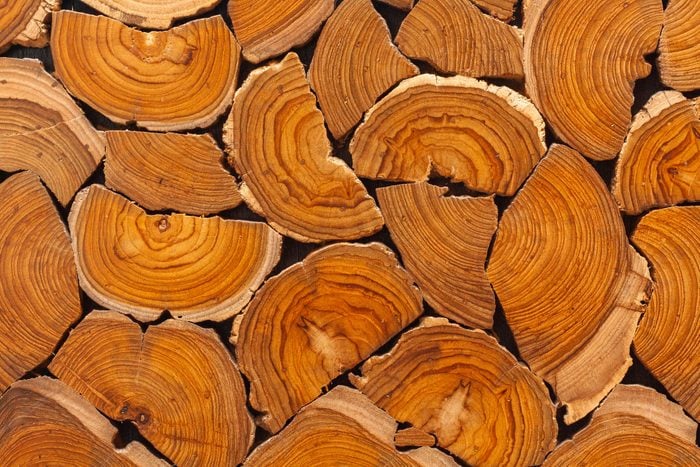
Exotic Wood
In contrast to native American hardwoods, exotic woods come from all over the world. Two popular examples are teak, with its rot resistance and rich, red-hued Cuban mahogany. Teak was the material of choice from the early days of American cabinetmaking.
Other species like Bocote, Bubinga or Padouk are extraordinarily hard and quickly dull cutting tools! Often hailing from the Southern hemisphere, these woods are expensive and often contribute to devastating deforestation. While beautiful and unique, the dust frequently causes eye, skin and respiratory irritation.
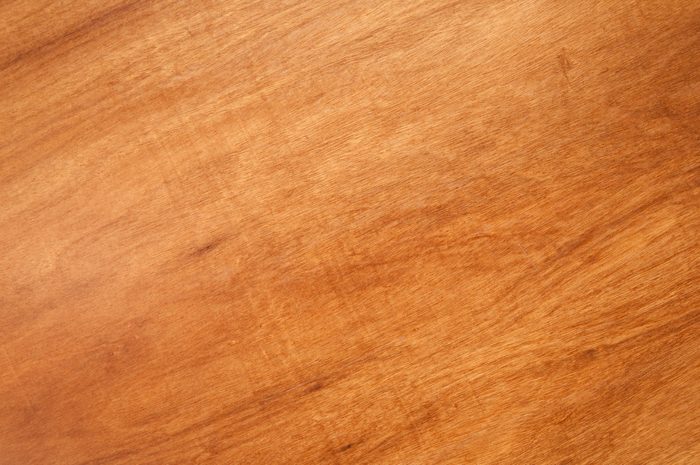
S4S
Lumber yards have many terms for wood processed with industrial tools. Rather than rough with sawmill marks, S4S (surfaced on four sides) is smooth and flat on the faces, with the edges parallel and square to the faces. Because this lumber has been surfaced, it is usually thinner than advertised. One-inch S4S is usually only 13/16-in. thick.
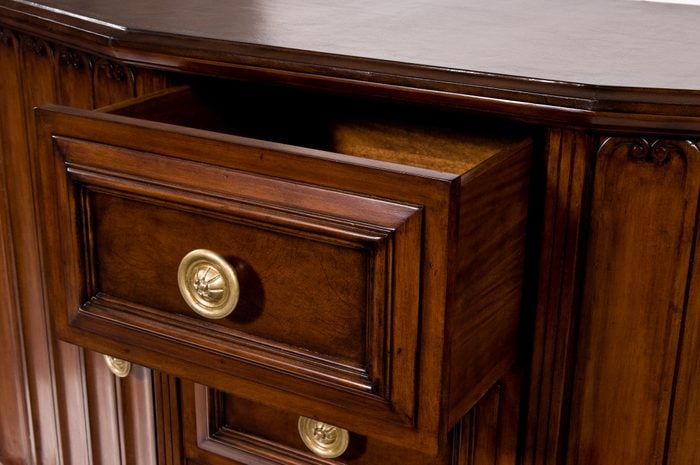
Primary Species
Rich, mahogany furniture is seldom constructed of only mahogany because it’s expensive and rare.
Visible wood on doors, drawer fronts and tops of furniture is called the primary species. Drawer sides utilize less expensive but equally durable secondary species like maple or oak. Internal structural components and corner blocks are tertiary species like pine, poplar or even a mixture of different wood.
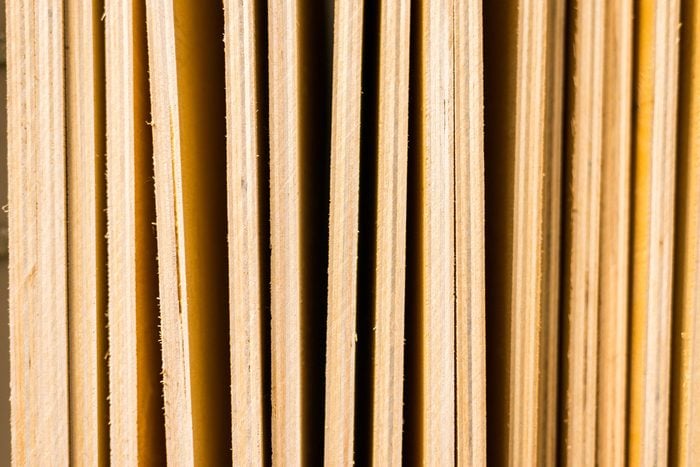
Plywood
A manufactured product, odd number of layers of wood are glued perpendicular to each other to create a stable sheet, usually 4-ft. x 8-ft. Engineered for various applications, most plywood is comprised of less expensive interior core materials and a more aesthetic veneer on the outside.
The manufacturer saves money by grading the veneer faces. These panels are delineated by A, B and C grades, with A being the highest quality. A 1/4-in. walnut plywood used for cabinet backs where one side would never be seen might have an A veneer visible and C veneer on the hidden side. The highest quality plywood has more internal layers and is less prone to warping.
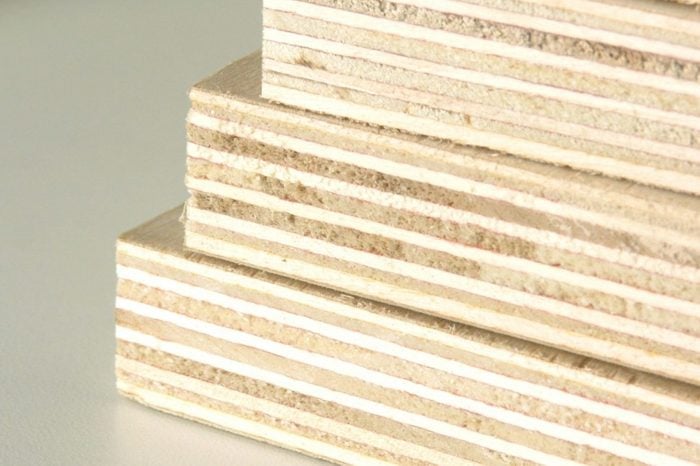
Baltic Birch Plywood
Baltic birch, AKA Russian plywood, is decidedly different than regular plywood. Each layer or ply is the same thickness and quality as the outside face, making it stable and of higher quality than other plywood.
A European product, calipers reveal that 1/4-in. Baltic birch is actually 6-mm thick. This is the only product available in 5-ft. x 5-ft. dimensions, making it far more efficient for projects that are just larger than 48 inches. (That’s a half sheet of standard plywood.)
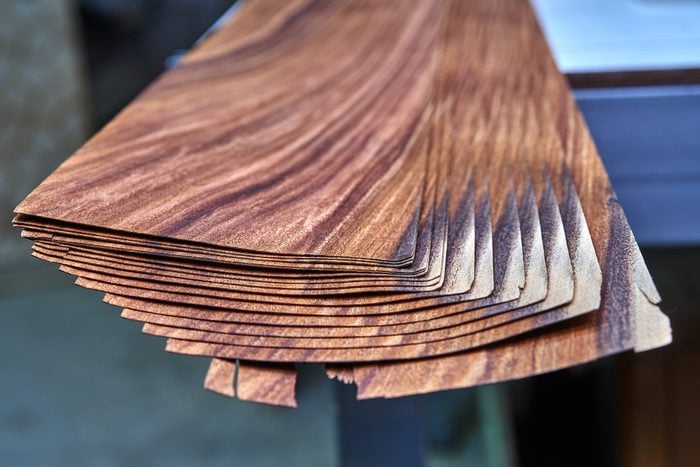
Veneer
Thin sheets of wood from as thick as 1/16th-in. down to 1/100th-in. are called veneer. Thicker veneer can be cut from a log with a bandsaw, whereas thinner veneer may be industrially processed with a blade that shears with virtually no waste.
Thicker veneers look and behave like solid wood. Thinner veneer is often attached to a paper backing which helps stabilize the thin, brittle wood and keeps it from cracking. Veneer is glued to a less expensive, engineered substrate which supports the paper-like wood.
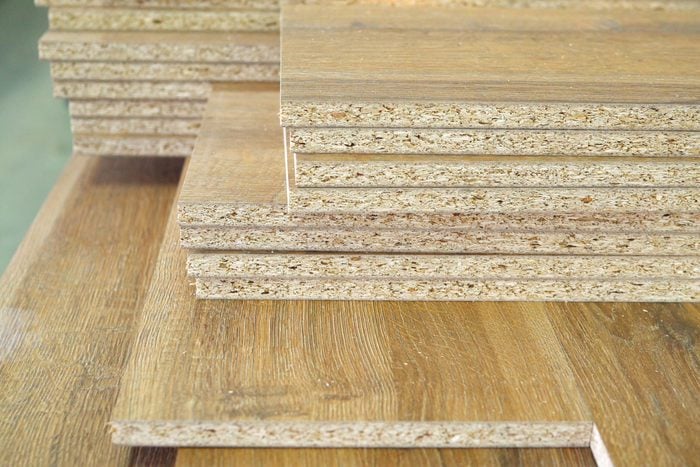
Medium Density Fiberboard
Medium density fiberboard (MDF) is a smooth, rigid material perfect for finished surfaces because it doesn’t swell or shrink with seasonal humidity.
Made from a slurry of fine sawdust, adhesive and water, MDF panels are uniform throughout their thickness and true to size. Three-quarter MDF is indeed 3/4-in. thick. The smooth surface is perfect for painting and structural when glued. However, MDF nicks easily. Nails and screws tend to split the edges, and the panels swells when they get wet.
Because the edges are easily damaged, MDF is usually sold oversize by one inch so the rough edges may be cut down after purchase. LDF (light density fiberboard) is a less common lightweight alternative.
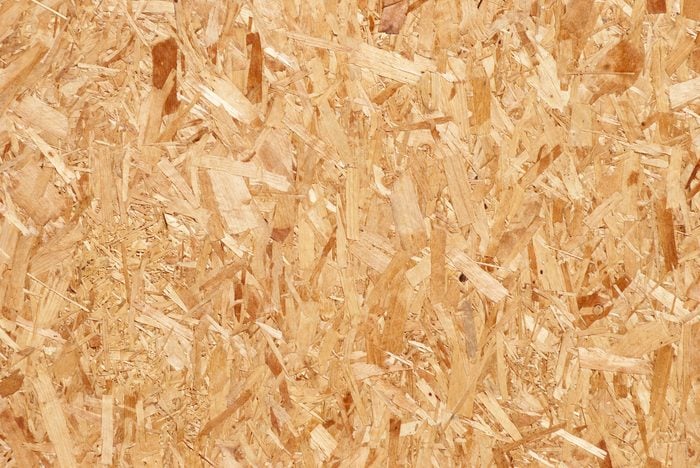
Chip Board/OSB
Chip board, AKA oriented strand board (OSB), is made from irregular chunks of scrap wood left over from the logging industry. Overlapping the chunks flat and applying pressure and adhesive between the layers creates an ugly, inexpensive sheet good.
While not attractive, its low cost makes OSB a fine material for making jigs, sawhorses, throwaway fixtures or shop cabinets.
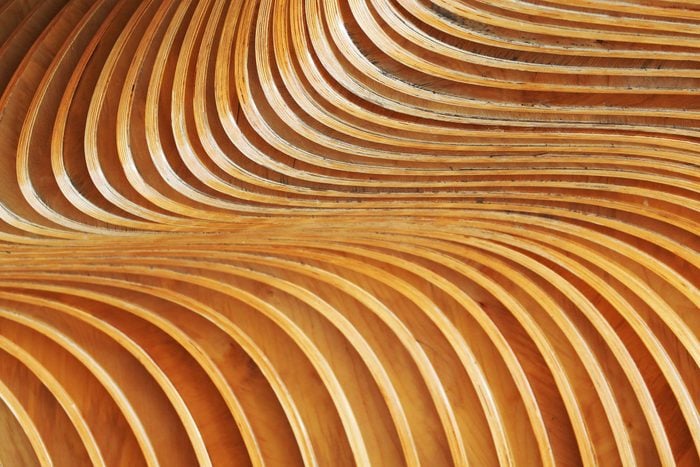
Bendy Ply
As the name suggests, bendy ply, AKA flexi-ply, is used for making curves, cylinders or anything that isn’t flat.
Normal plywood has five or more odd number of layers, each with the grain running perpendicular to the next, making them stiff and flat. Bendy ply is a special type of plywood with only two layers. The outward facing layer is a high quality veneer, adhered to a thicker softwood layer with the grain running in the same direction.
When multiple layers of bendy ply are bent and glued together, the adhesive holds the curve firm and rigid.
